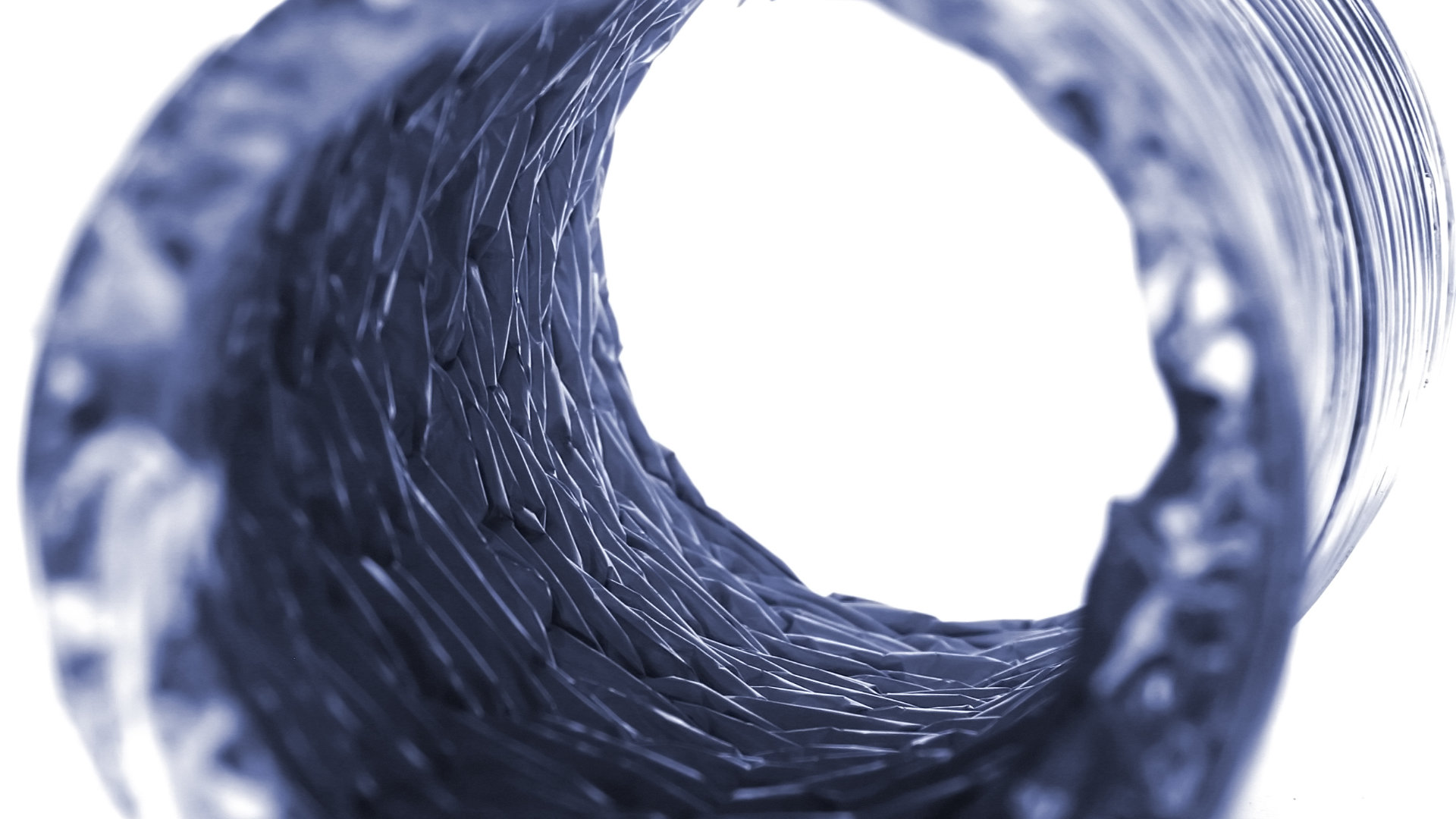
Washing clothes used to be an enormous hassle involving huge washtubs of boiling water, wash boards, and washing people with hands that were constantly red and chapped. Washing machines have given us some incredible freedom in terms of clean clothes at home, whenever we want them. The convenience is so great that we can throw clothes in the washer before work and come home to them clean and ready to dry. But this asynchronous laundry method can sometimes allow the clothes to sit damp too long in the washer.
When this happens, clothes can sour, beginning to mildew in the wash. You need the freedom to run your laundry machines whenever you have a moment. For this, you also need a few smart methods to prevent our clothes from souring inside the washing machine.
1) Run an Empty Hot Wash with Vinegar
Start with an empty washer and take a sniff. Mold spores are microscopic and they grow anywhere with moisture. The washer can absolutely become a place where mold and mildew hides and gets back into your washer over and over. The spores can also travel in on your clothing from outside. But if your washer is home to mold, then every load will sour if left for more than an hour or two after the washer finishes.
The solution is enjoyably simple: Hot water and vinegar. Vinegar is caustic to mold and kills the microorganism wherever the spores or colonies are found. Combined with the cleaning power of very hot water, your washer will be mold-free after one or two rounds. Run it empty on the hottest setting with one to two cups of white vinegar.
2) Add a Scoop of Borax to the Loads
Borax is a natural mineral, sodium boride. At the molecular level, it forms very sharp-edged crystals, that dissolve cleanly in water and form an ideal scrubbing agent. Borax is a common household cleaning items and is often used in simple recipes for homemade soap. Borax is a good stand-in for barkeeper’s friend, it cleans glass and clothing equally safely.
It also happens to destroy mold and other microorganic lifeforms. Even when dissolved cleanly in water, the sharp borax molecules slice through things like mold and spores. Add a scoop of borax to every laundry load to make the wash less hospitable to mold spores that got in from outside.
3) Flush or Replace the Water Lines
The water lines can also harbor mold of the variety that thrive in full submersion. Mold in pipes and water lines is a serious concern and also spread mildew through everything that is washed. Flushing the water lines with vinegar or cleaning solution can be extremely helpful in reducing the instances of mold and mildew in the home. From your laundry to your bathroom, clean mold-free pipes results in a clean, mold-free home.
4) Scrub the Gasket Seal
Front-loading washers have a heavy boot – a folded rubber gasket seal around the door pocket. Water can get caught in this boot and that water can harbor mold. The boot is always moist and in most climates, it never fully dries out. This is the perfect environment for mold and mildew growths. Newer models may have more recent mold-prevention innovations, but front-load washers are currently notorious for sour loads and mold hiding in the boot.
So clean your gasket. Dry out the pooled water and take some serious surface cleaner to the entire folded rubber surface.
5) Skip the Fabric Softener
Fabric softener is enjoyable and helpful, but it’s an add-on that slowly builds up on the fabric of your clothes. Over time, your clothes can become stiff and more prone to souring in the wash as the fibers become coated in fabric softener. It’s the same as hair products that make your hair soft and look great – but creates a waxy buildup on the strands over time. Just as you must sometimes use clarifying shampoo, it’s important to sometimes wash your laundry without fabric softener.
6) Wash Your Clothes with Vinegar
On the washes that you skip the fabric softener, add a cup of white vinegar instead. Just like in the empty washer, vinegar destroys a variety of things that build up on laundry – ranging from mold to water scale (chalky mineral residue from hard water). By washing your laundry in vinegar, occasionally, you can clear out the mold and prevent any other buildup on your clothing fibers.
Don’t worry about the smell, that should wash completely away. If you’re worried, throw a scented dryer sheet into the dryer with the laundry to clear away the last of the smell. If you don’t use scented dryer sheets, add a drop or two of essential oil to your dryer balls.
7) Clean the Drain Pump
One thing that most laundry-machine-owners never think about is the drain pump. Like the water lines, your drain pump can get clogged (with lint or very delicate undergarments) and it can get infested with mold. You may need to open up the back of your washer and inspect/clean/replace your drain pump if the washer (or the washer’s drain) regularly smell sour even if your clothing washes clean.
8) Scrub with Baking Soda
Baking soda is a natural scrubbing agent, like borax, but with its own chemical reaction. Combined with vinegar or just hot water, baking soda can help remove anything lingering inside your washer drum. If you want to give your washer a good inside-scrub, do so with baking soda either sprinkled over the drum surface area or layered heavily on your sponge.
9) Leave the Washer Open Between Uses
Last but certainly not least – let your washer air out. This is especially important for front-load washers, but can also help if your top-loading washer has a seal around the door. Whenever possible, leave the washer door open (swung wide and flat so it’s out of the way) or cracked, possibly propped open with a towel draped over the door or aperture. This will allow air to flow through your dryer when it’s not in use which will dry the hidden spaces and prevent mold growth. If you can, also pop the washer open when clothes are done washing if the dryer is not yet clear to cycle the loads.

Your Guide to Whirlpool Microwave Replacement Parts

What to Do When Your Kenmore Dryer Won’t Start

How to Resolve the LG Washer LE Error Code

Why Does My Oven Smell Like Gas? Causes and What to Do

Maytag Dryer Not Heating? Here’s How to Fix It

6 Common Reasons Your Speed Queen Dryer Isn’t Heating

8 Reasons Your Samsung Refrigerator Is Not Cooling

9 Most Reliable Washer and Dryer Brands

How to Get Ink out of Your Dryer the Easy Way

Why Is My Fridge Making Noise That Stops When the Door Is Open?

Frigidaire Refrigerator Error Code H1: Causes & Solutions

How to Clean a Dryer Vent Without Moving the Dryer

9 Reasons Your LG Refrigerator Isn’t Cooling

LG Refrigerator Not Making Ice? Here’s What To Do!


